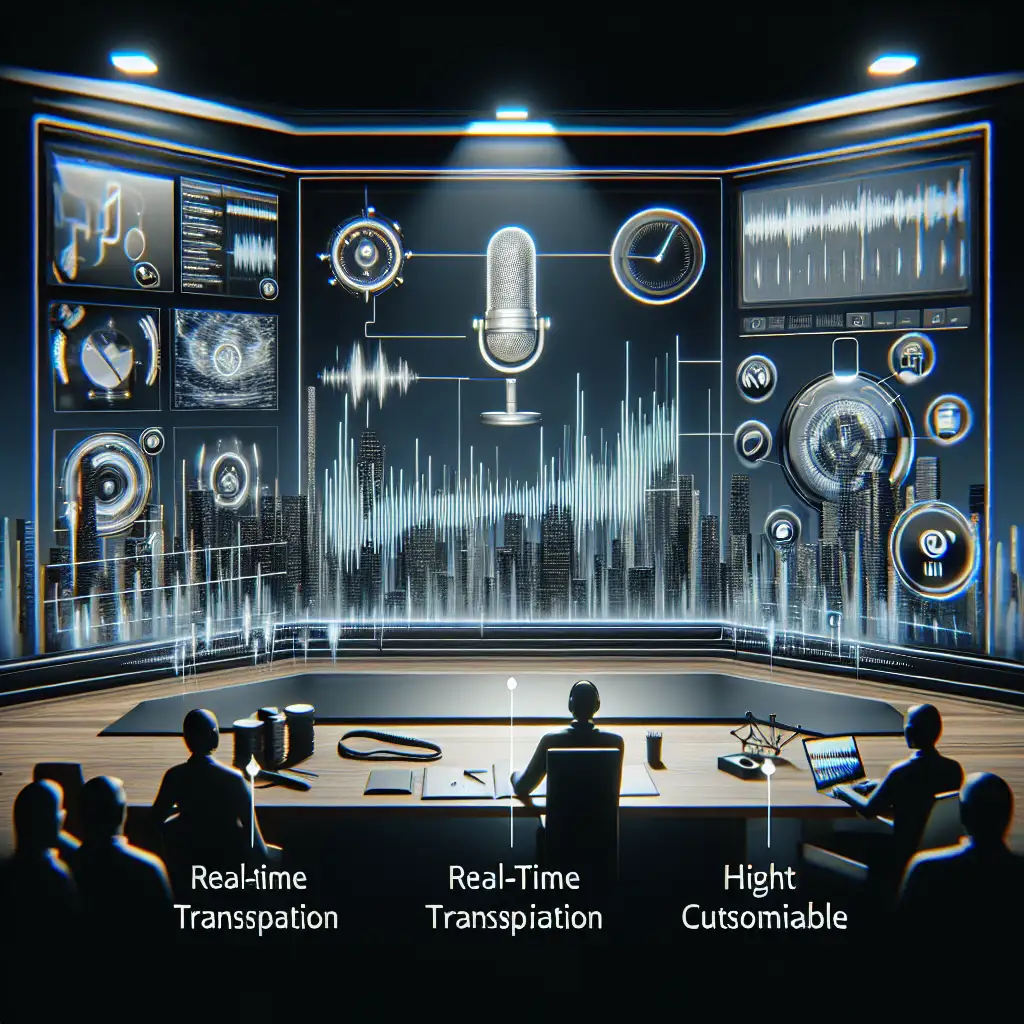GCP Voice-to-Text: Targeted Transcription via Phrase Hints, Custom Classes, and Model Adaptation
Generic speech recognition rarely suffices in production. Customer service pipelines, medical dictation, and legal deposition archiving—each fails when obscure product codes or medication names turn to gibberish in the transcript. GCP’s Speech-to-Text API has the primitives to make models context-aware, but most deployments leave accuracy on the table.
Core Limitation: Why Standard Speech Models Misfire
Default (general-purpose) models, e.g., latest_long or video, perform well on everyday language. However, transcripts degrade when encountering:
- Niche technical terms (
VXLAN overlay,Atorvastatin) - Embedded identifiers (
CaseID 3342-A) - Regional-only brands or places
This leads to wasted post-processing time and brittle downstream analytics. In cloud call platforms, even a 2% term error rate racks up manual correction costs.
Precision Techniques
Phrase Hints: Guide Recognition Toward Expected Vocabulary
Inject frequently used terminology directly. For instance, a medical platform transcribing consults will see high accuracy gains by pinning pharmaceutical names and abbreviations. Relevant in all domains with favorite acronyms or slang.
Implementation (Python, google-cloud-speech ==1.3.2):
from google.cloud import speech_v1p1beta1 as speech
client = speech.SpeechClient()
audio = speech.RecognitionAudio(uri="gs://example-bucket/input.wav")
config = speech.RecognitionConfig(
encoding=speech.RecognitionConfig.AudioEncoding.LINEAR16,
language_code="en-US",
speech_contexts=[speech.SpeechContext(phrases=["Atorvastatin", "Lisinopril", "ECG", "CBC"])],
)
resp = client.recognize(config=config, audio=audio)
for r in resp.results:
print(r.alternatives[0].transcript)
For batch jobs with hundreds of hints, watch API limits—overly long phrase lists can silently degrade efficacy.
Side note: Results can skew over-aggressively toward hints—test with and without extended hint lists to avoid false positives on similar-sounding words.
Custom Classes: Structured Dynamic Phrase Sets
Manually listing 200+ product IDs? Inefficient. Custom classes group variable vocabulary under logical labels. Particularly suited for:
- Rotating catalog numbers
- Continually updated regions/cities
Rather than enumerate every value in speech_contexts, define classes and reference them contextually.
Reliably Differentiating Product SKUs (Beta example):
speech_context = speech.SpeechContext(
phrases=["Order @sku", "Tracking @sku"],
custom_classes=[
{
"name": "@sku",
"items": [
{"value": "PX100"},
{"value": "RX202"},
{"value": "TX330"},
],
},
],
)
Note:
Full support depends on region and API version; not all endpoints expose class-based context APIs as of June 2024. Manual setup in Google Cloud Console > Speech-to-Text > Phrase Sets may be required. Also, the initial model run may ignore new classes until model adaptation is completed—expect “cold start” errors or low match rates on first deployment.
In-Domain Adaptation: Align Model Training with Real Audio
GCP’s domain adaptation (Beta as of this writing) allows injecting real, labeled domain data into AutoML-powered training. Medical, legal, and call center teams typically record hundreds of hours of specific audio—a wasted asset unless harnessed for custom modeling.
Workflow:
- Aggregate N hour(s) of transcribed audio per target domain.
- Create an AutoML Custom Speech dataset (Cloud Console or API).
- Train the adaptation model. Models can overfit on short sets; minimum 10K utterances recommended.
Integration:
Reference your adaptation model in RecognitionConfig.model field with model ID.
Known issue:
Batch recognition jobs (>1 hour audio) with custom models sometimes hang or return 504 Gateway Timeout. Under investigation as of v2.15 (2024-06).
Quality Maximization: Field-Tested Recommendations
| Step | Impact | Detail |
|---|---|---|
| Clean input audio | Critical | High noise/echo ≈ 10–20% WER spike |
Use enhanced models (model=video) | Moderate–High | Prefer over default unless raw phone call |
Enforce correct sample_rate_hertz | Moderate | Mismatches cause silent failure |
Enable enable_automatic_punctuation | Moderate | For direct subtitles/CAPT integration |
| Word time offsets | Situational | Valuable for analytics, not always for logs |
Sample config (snippet):
config = speech.RecognitionConfig(
enable_word_time_offsets=True,
enable_automatic_punctuation=True,
model="video",
...
)
Pro tip:
Don’t trust single recognition runs. Log all alternatives, track confidence metrics (often under-utilized for QA), and periodically sample errors by hand. Bias can sneak in with small, noisy datasets.
Partial Conclusion
Tuning raw ASR isn’t a single toggle. Start with phrase hints for quick gains. For domains with dynamic term lists, invest in custom classes and monitor API support updates. Domain adaptation can provide a leap in recall—but only if clean, labeled audio is available. Side effect: retraining/refresh cycles add operational overhead.
Gotchas & Non-obvious Failures
- Phrase hints and classes are locale-specific; reusing between
en-USanden-GBsilently drops context. - Models sometimes overfit to supplied hints—expect a spike in insertions or hallucinated terms if list quality is poor.
- For batch deployments: quotas per region may bottleneck; batch transcribing >100 files can trigger
Quota exceeded for quota metric 'Recognition requests'.
References
For production, treat GCP Voice-to-Text less as “just a transcription tool” and more as a domain-tunable platform. Feature misuse is commonplace; invest the extra cycle in profile-based hinting and feedback loops for continual improvement. And remember—sometimes the best accuracy boost is just fixing the microphone at source.
